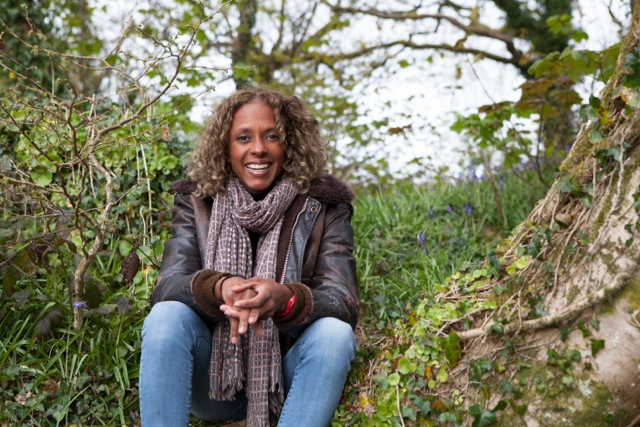With a seed that bears an uncanny resemblance, in both size and appearance, to a petite but shapely lady’s bottom, Lodoceia maldavica is certainly an attention-grabbing palm. Endemic to the Seychelles, the coco-de-mer (or koko demer in Creole) grows on only two islands in this Indian Ocean archipelago.
The largest seed in the world
A species of superlatives, it produces the world’s largest wild fruit, the largest female flower of any palm, the largest male catkin of any plant, the largest sepals – the list goes on – but it is that suggestive seed that makes it most memorable. Measuring up to half a metre in diameter and weighing up to 25kg, the coco-de-mer is the world’s largest seed.
Rare and endangered, it’s not often one gets to look inside its double coconut structure, but cross-sectioned museum specimens reveal, in larger-than-life detail, the inner workings of a fertilised and ripened ovule, otherwise known as a seed.
The seeds of all flowering plants, or angiosperms, share three essential features: an embryo; an endosperm (the embryo’s food supply); and a protective seed coat. From the heavyweight coco-de-mer to the black specks in your vanilla ice-cream (vanilla seeds being among the tiniest seeds in the world), all angiosperm seeds follow this same basic blueprint.
Seeds lie at the heart of everything that sustains us, either directly or indirectly
But that is where the similarity ends. Seeds come in a breathtaking diversity of size, shape, texture, form and function. They are sculptural masterpieces that should have all artists falling to their knees in awe and envy.
How are seeds formed
Spermologists (not to be confused with spermatologists, who study sperm) would agree the study of seeds is a deserving and fascinating pursuit; not least because seeds lie at the heart of everything that sustains us, either directly or indirectly.
It all begins in the ovule, the female reproductive structure housed inside the flower, where a unique fertilisation sequence takes place and the female’s genetic material is divvied up. One set is packaged into an egg cell, while a twinset remains as conjoined free-floating nuclei. Both egg cell and nuclei need fertilising, so two sperm are delivered, courtesy of a pollen tube, to get the job done.
This double fertilisation event gives rise to an embryo and its sister structure, the endosperm, which feeds the developing embryo as well as all of humanity in the shape of wheat, corn, rice, pulses, legumes, nuts and seeds.
Together, the embryo and endosperm contain all the vitality and potential of the new seed, but are fenced in by what is sometimes called the death zone, around which a seed coat forms.
Once set, there is one last quiet but vital step. Before the embryo can spring to life, it must first go dormant. Without a dormant phase, a seed could germinate while attached to the parent plant – not a great strategy.

Seed dormancy is achieved through the joint efforts of growth inhibitors – desiccation (to disable growth hormones) and unfavourable conditions (winters in temperate climates or hot dry spells in tropics).
The seed coat reinforces dormancy with the mechanical and physiological constraints of its hard, impervious casing. The dormant seed is now a survival capsule that can outlive its parent plant, surviving harsh conditions while also giving time for dispersal agents (wind, water, insects, birds, and mammals) to carry it away.
For most of us, agri-tech developments are likely to put even more distance between us and these wonderous capsules of life. You could do a lot worse than raise up a seed, clasped between forefinger and thumb, and really look at it as if for the first time. Now is as good a time as any to look out for seeds, on trees, in hedgerows, even hiding in plain sight in the fresh produce aisle of every supermarket.
Main image: coco-de-mer (Lodoceia maldavica) on a tropical beach. © Buena Vista Images/Getty
